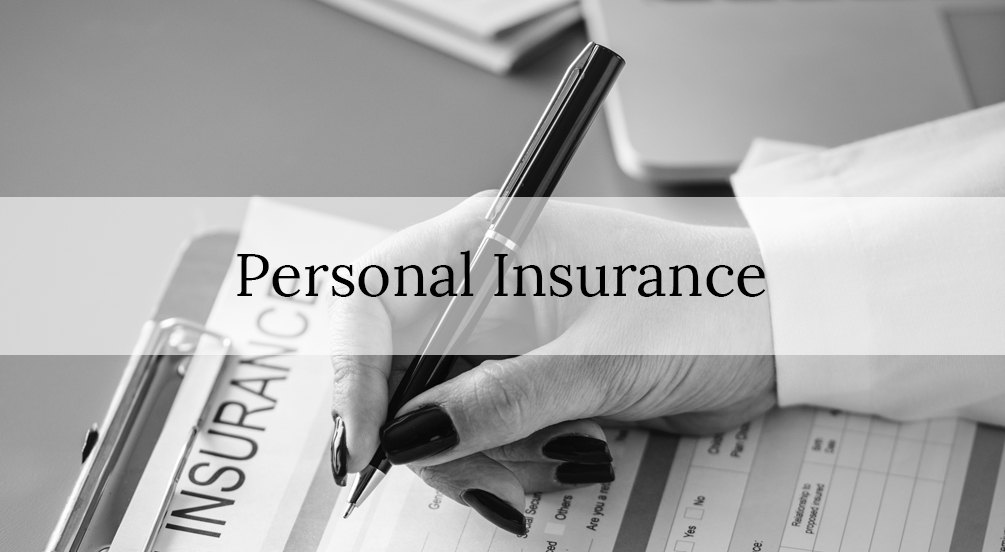Risk Management
It’s all about managing the risk in a professional way, from the identification of exposures, to critical risks and preparing for the unexpected. At the end of the day Risk Management is a lot cheaper than Crisis Management.
- saving valuable resources such as time, income or human resources by reducing the number of claims
- continuing the commercial activity in normal conditions by obtaining new permits more easily
- maintaining a positive public image/reputation of the company
Risk Evaluation – identification, measurement and prioritization
First you need to understand what are you risk exposures, see them from different angles, measure them, compare them and communicate accross the organization in an organized and effective manner the rules for measuring an d reporting risks. Embed into the company culture the risk elements that need to be considered in all decisions.
Constantly monitor the risks identified and periodically review the risk matrix and scan for the occurrence of new risks and their characteristics
Risk management is a process not a snapshot in time.
Constantly monitor the risks identified and periodically review the risk matrix and scan for the occurrence of new risks and their characteristics
Risk management is a process not a snapshot in time.
Risk Prevention and loss mitigation measures
Risk Mapping
Insurance Audit
Bridge report – Insurance adequacy in relation risks ID








